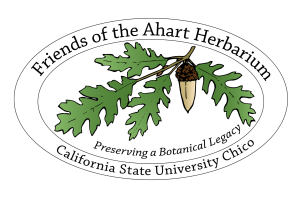Digging Dirt—the edaphic factor in restoration and management of seasonal wetlands in the Northern Sacramento Valley
Joe Silvera
Click here to view the presentation
The soil landscape creates recognizable patterns on the land and these patterns are most often expressed in the vegetation that covers soil geologic landforms. I became keenly aware of soil–vegetation patterns and relationships using the East Merced County Soil Survey while conducting plant surveys at the Sunrise Ranch. Typical patterns of vegetation became apparent upon recognition of plant life supported by various soil (landform) associations. This relationship, the edaphic factor in plant ecology, is documented for fine to large scales through field investigations. Soils are a critical component for study when developing and implementing vegetation/ habitat restoration plans. Here, I use the historic Llano Seco Rancho as a case study for an accounting of soils in the restoration of seasonal wetlands in the northern Sacramento Valley.
Link to Full Presentation Abstract
Bio: Joe Silveira recently retired after an impressive 36-year career in wildlife and habitat conservation for endangered and threatened species, migratory birds, anadromous fish, and native plants with over 29 of those years with the U.S. Fish and Wildlife Service. Silveira, with a BS and Masters in Biology, was a Wildlife Biologist and later Wildlife Refuge Manager at Sacramento National Wildlife Refuge Complex for Sacramento River National Wildlife Refuge and the Steve Thompson North Central Valley Wildlife Management Area Llano Seco Unit. Silveira worked on restoration and management programs, which includes riparian and floodplain habitats, managed wetland impoundments, vernal pool, alkali meadow, and grassland vegetation and habitats. This work involved: developing Comprehensive Conservation Plans and annual habitat management plans for various refuges of the Sacramento NWR Complex; implementing restoration plans and management prescriptions; conducting regular and special wildlife surveys, vegetation monitoring, and coordinating management-oriented research to evaluate habitat restoration and management projects. Success was realized through developing many partnerships for habitat restoration and management, monitoring and research, public use and resource protection— partners included, federal and State agencies, private conservation organizations, universities, and local ranchers and farmers. Silveira has been an active participant in a vast range of efforts spanning from local to state to national in addition to serving on ten MS thesis committees from several universities.

